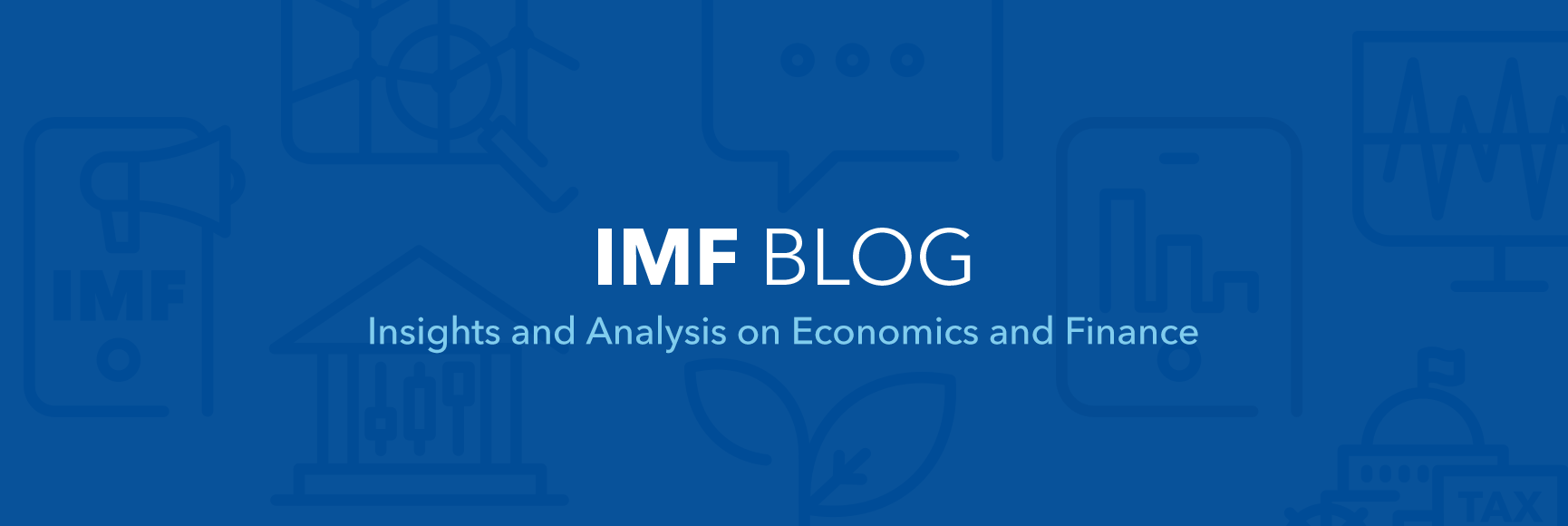After being low for decades, inflation in India trended higher from the mid-2000s. It reached 10–11 percent by 2008, and remained elevated at double digits for several years. Even though inflation fell by almost half in 2014, inflation expectations have remained high.
High and persistent inflation in recent years has presented serious macroeconomic challenges in India, increasing the country’s domestic and external vulnerabilities. As Reserve Bank of India Governor Raghuram Rajan pointed out at the 8th R.N. Kao Memorial Lecture in 2014, “inflation is a destructive disease … we can’t push inflation under the carpet as a central banker. We have to deal with it.”
Hence, this book—which grew out of the IMF staff’s ongoing policy dialogue with the Indian authorities—analyzes various facets of Indian inflation, particularly food inflation, and their implications for the conduct of monetary policy.

The book (Parts 1 and II) looks at the causes and consequences of inflation in India and concludes:
- Unlike advanced economies, food inflation in emerging markets (including India) is more volatile and persistent. Food inflation developments in India over the past decade appear to largely reflect demand pressures (driven by strong private consumption growth), which have often outpaced supply of key food commodities.
- Inflation has costs—it hurts growth and worsens inequality. There is an inflation-growth threshold effect in the Indian states with persistently elevated consumer price index inflation rates of over 5½ percent. Higher non-food inflation is also associated with worsening income inequality in both urban and rural areas.
- Inflation dynamics in both Nepal and Bhutan are closely linked to those in India.
These finding have important policy implications, which are covered in Part III of the book:
- Food inflation developments matter. The share of food expenditure is high in total household expenditure, and food inflation informs inflation expectations and wages. In fact, as the second-round effects of food inflation are large in India, monetary policy will need to respond to rather large and persistent food price shocks. Analysis suggests that responding to headline inflation rather than core inflation is welfare superior, and is often better to mitigate consumption and output fluctuations.
- Sustaining the long-term inflation target of 4 percent under India’s recently adopted flexible inflation targeting framework will depends on enhancing food supply, agricultural market-based pricing, and reducing price distortions. In the absence of a stronger food supply growth response, food inflation may exceed nonfood inflation by 2½–3 percentage points per year.
- Given high costs of inflation, the Reserve Bank of India needs to balance the short-term growth-inflation trade-off, in light of the long-term negative effects on growth of persistently high inflation.
Chapter 4 of the book is a particularly interesting read, where micro level data (household survey data) has been used to investigate the demand and supply factors underpinning relative food price inflation. Further, it analyzes non-monetary factors responsible for relative food price inflation. The chapter also offers policy advice for achieving inflation targets under India’s recently adopted flexible inflation targeting framework.
This book can be ordered at: http://www.imfbookstore.org/ProdDetails.asp?ID=TIIEA&PG=1&Type=BL
See also IMF annual economic assessment of India.

